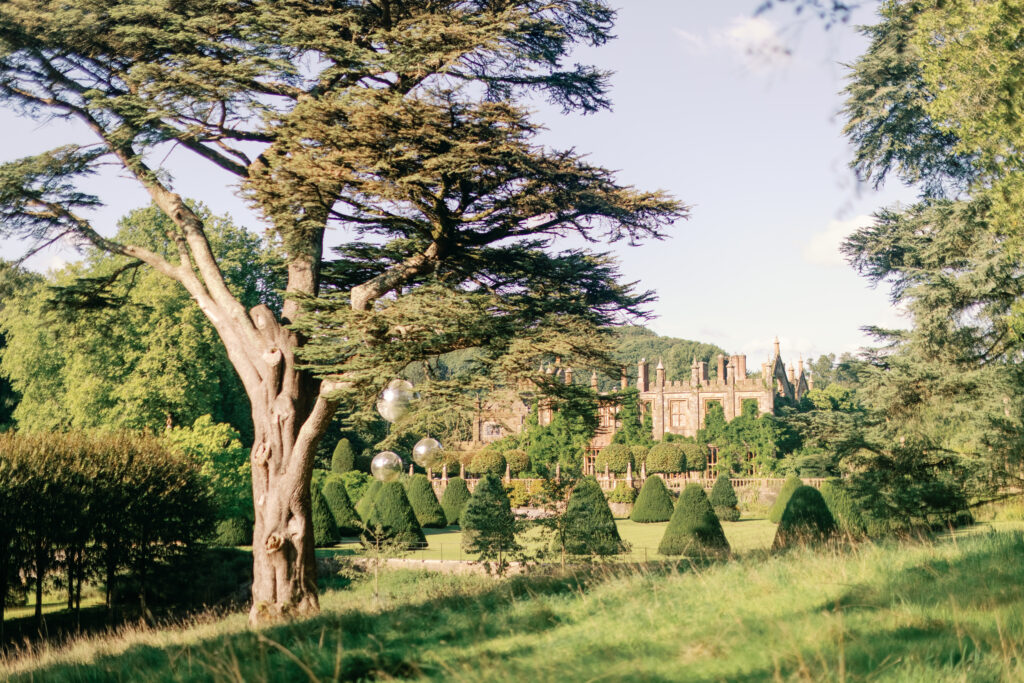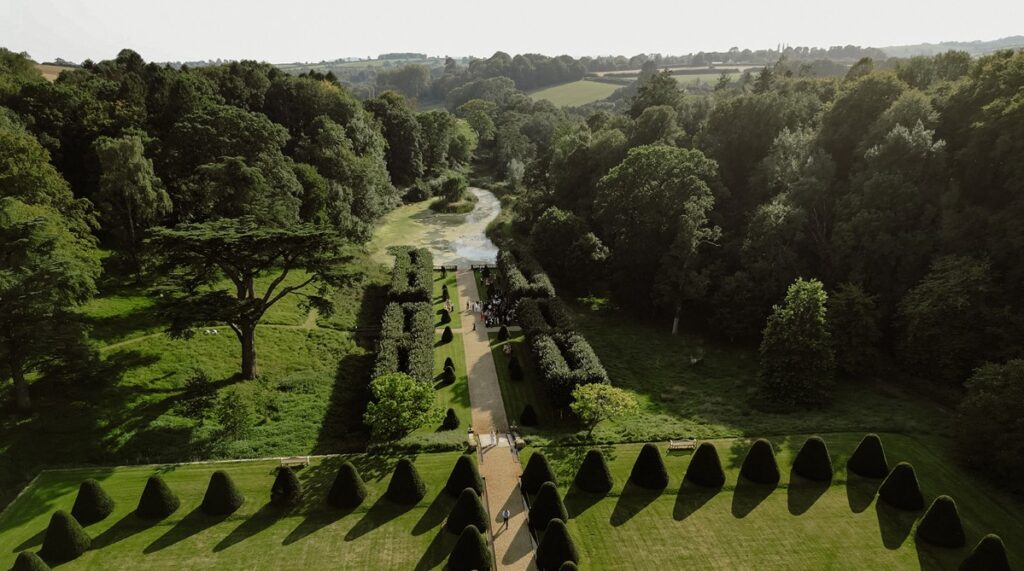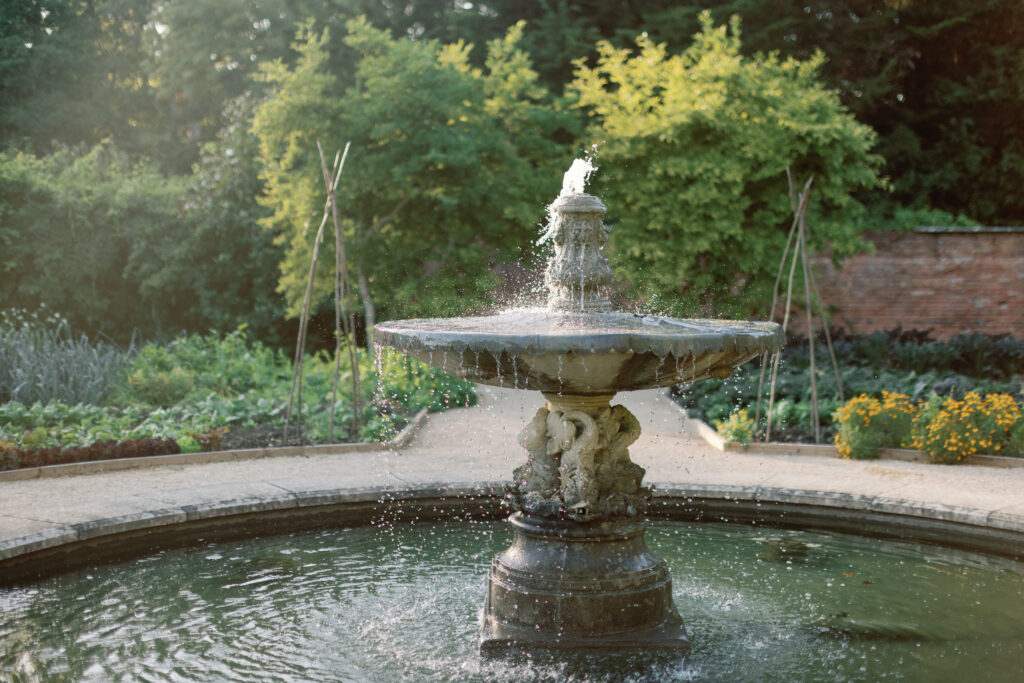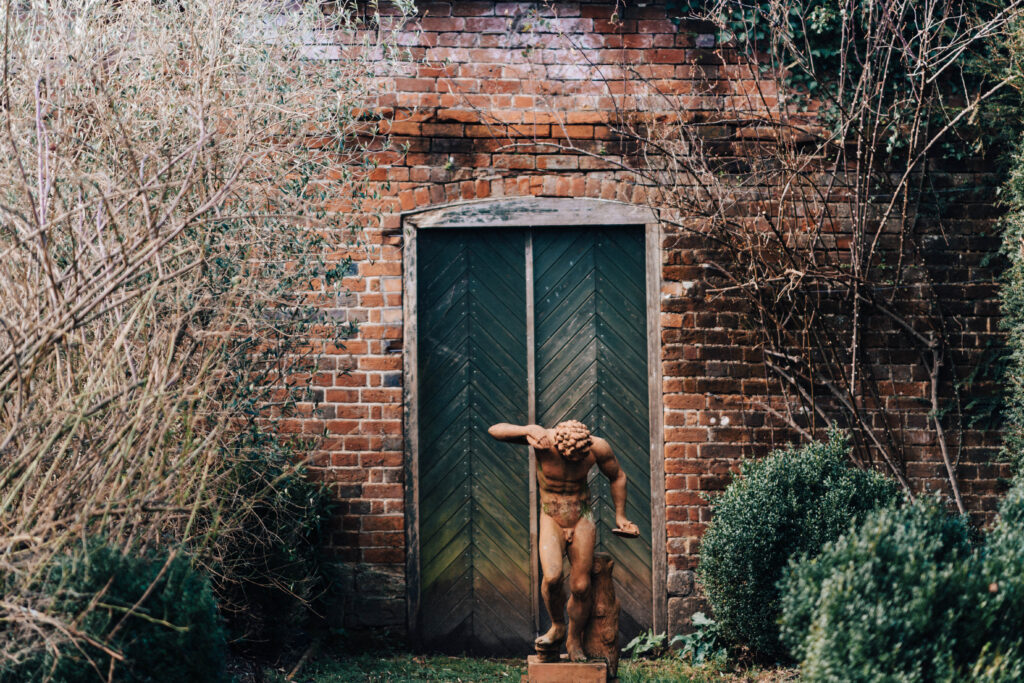History
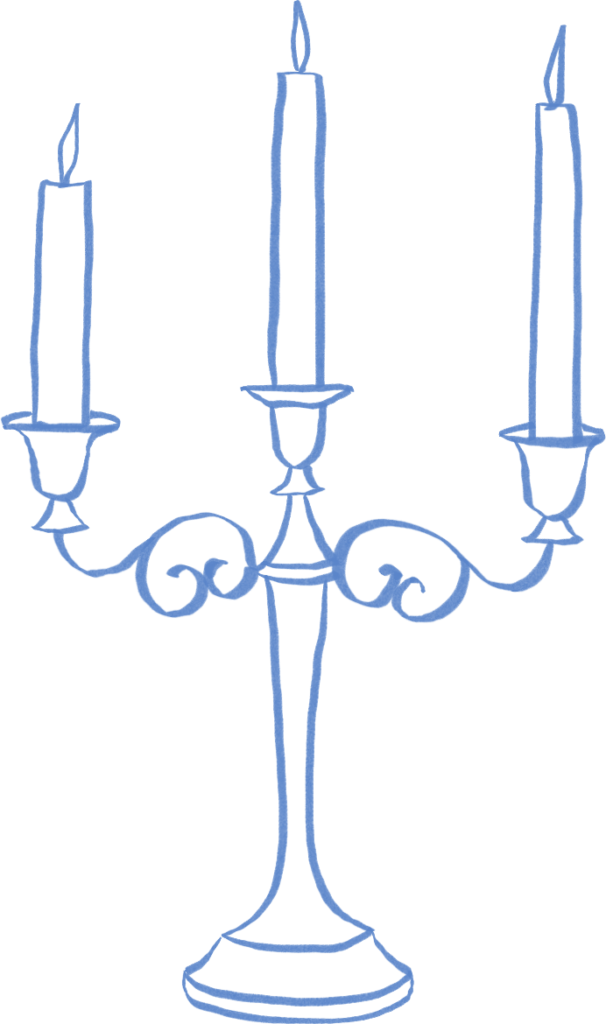
There has been a house on the site of Parnham Park since the 1400’s, it is one of the oldest and most important stately homes in Dorset. Situated just 6 miles from the Jurassic Coast and on the edge of the picturesque market town of Beaminster.
historic foundations
Parnham House was originally built around 1522 for Robert Strode, a wealthy cloth merchant. The Strodes were a prominent local family with ties to the wool trade, which was central to the region’s economy during that period.
17th Century: The house remained in the Strode family until the 17th century.
18th-19th Century: John Nash, one of the most influential architects in British history, remodelled Parnham House through in 1810. Nash is best known for his Regency-style designs and contributions to London’s urban landscape, including Regent Street, Buckingham Palace, and the Royal Pavilion in Brighton.
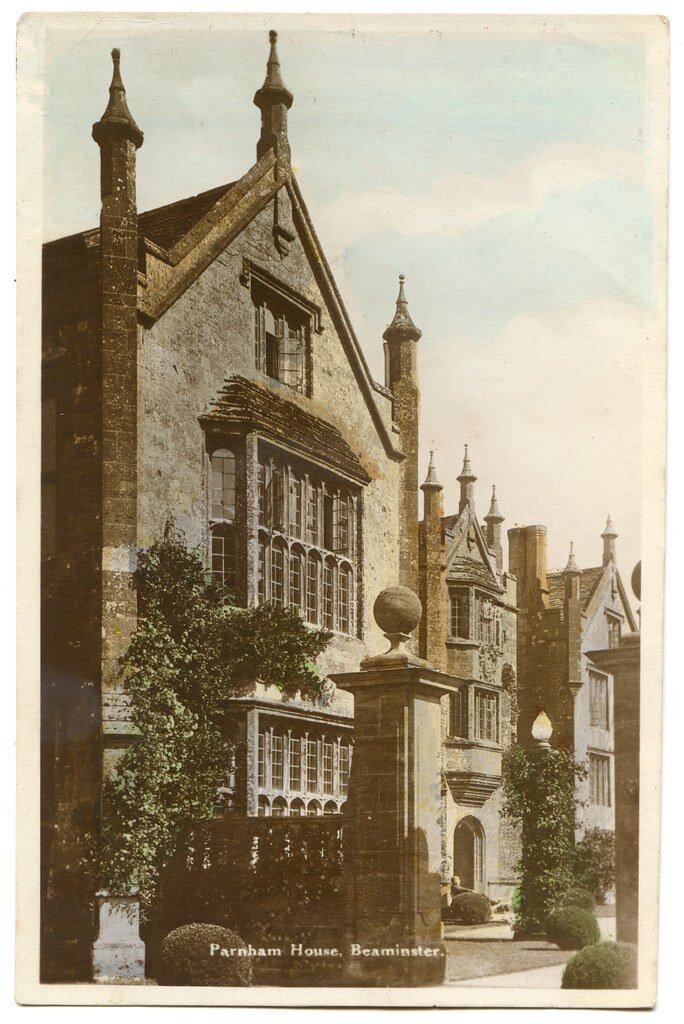
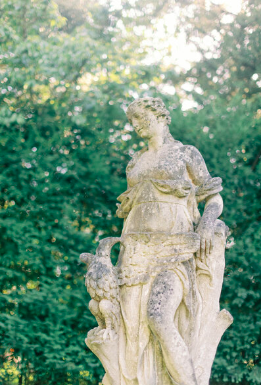
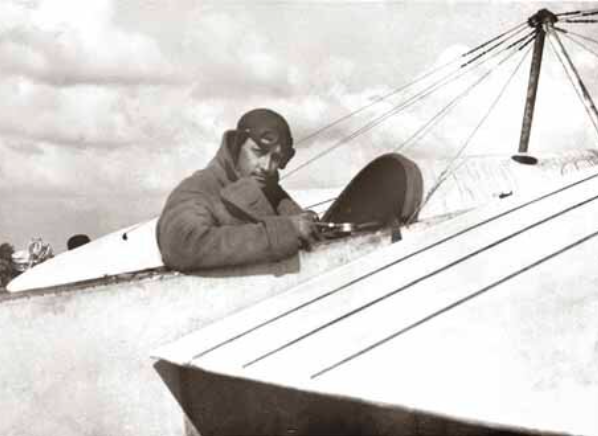
NEW BEGINNINGS
William Rhodes- Moorhouse and his family lived at Parnham in the early 19th century, sadly William, who was part of the Royal Flying Corps died in WW1. He was the first airman to receive the Victoria Cross. Hi son William Henry Rhodes- Moorhouse died in the battle of Britain and they are both buried at the top of the hill overlooking Parnham.
In the second world war the house was used as an American airbase, and Eisenhower vistited whilst planning the .
In the late 70s the craftsman John Makepeace bought Parnham and turned into a school of Craftsmanship in Wood. In the 20th century it was transformed back into a private home by Michael and Emma Triechel but sadly suffered a castrophic fire.
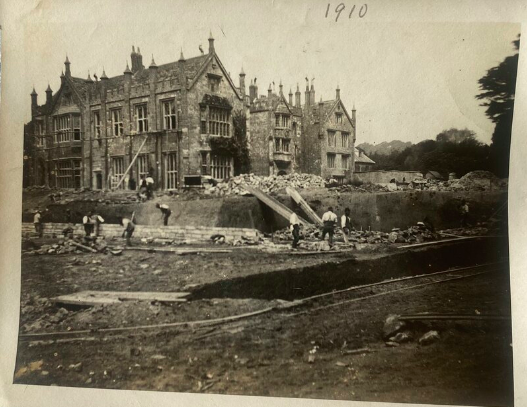
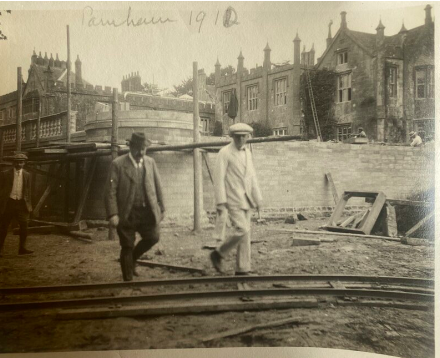
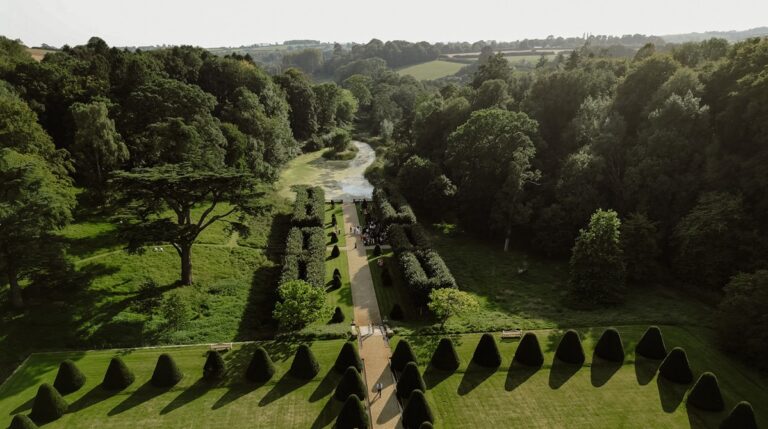
THE GARDENS
The grounds of Parnham were reimagined by Inigo Jones in the early 19th century and the decorative and ormental gardens established.
